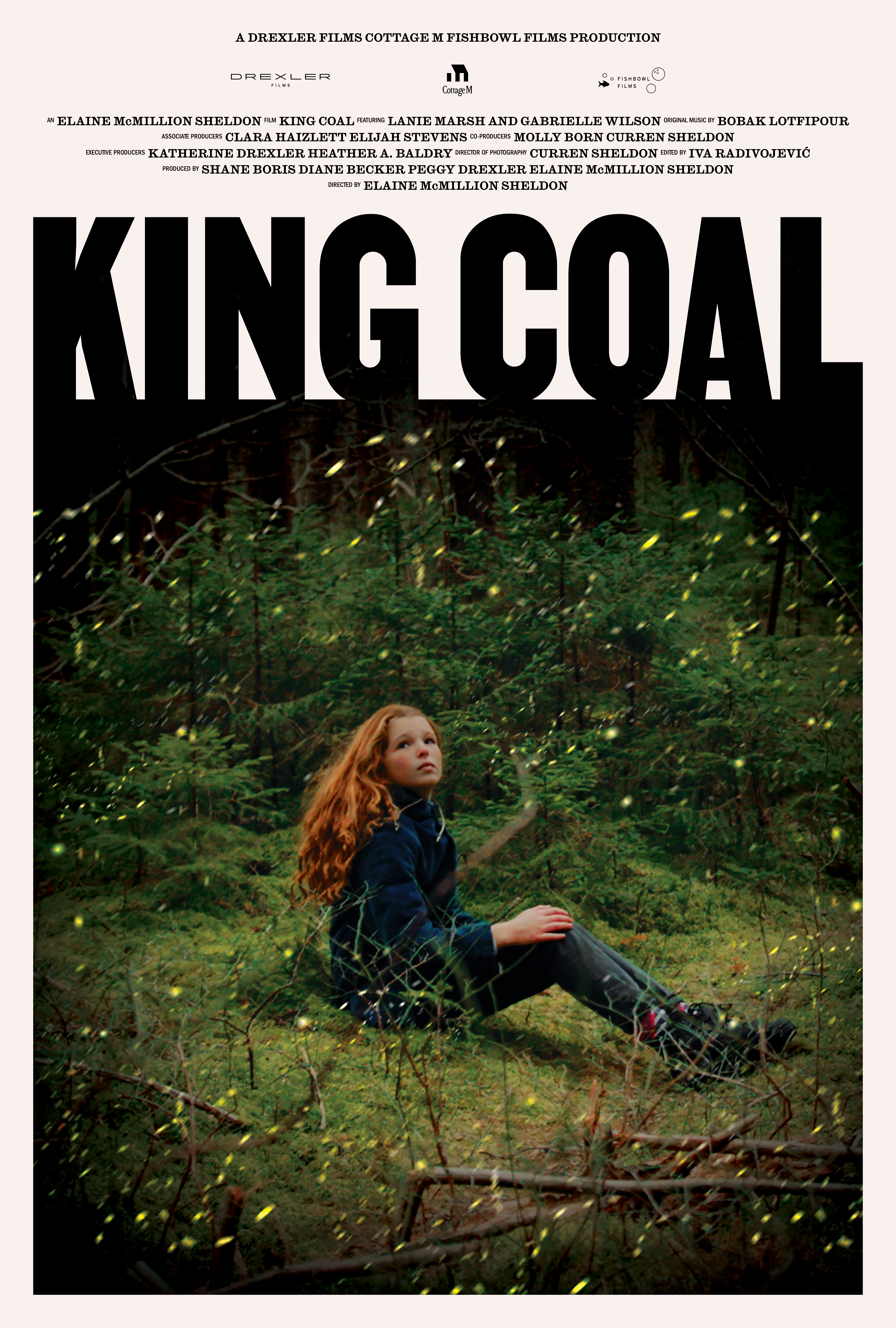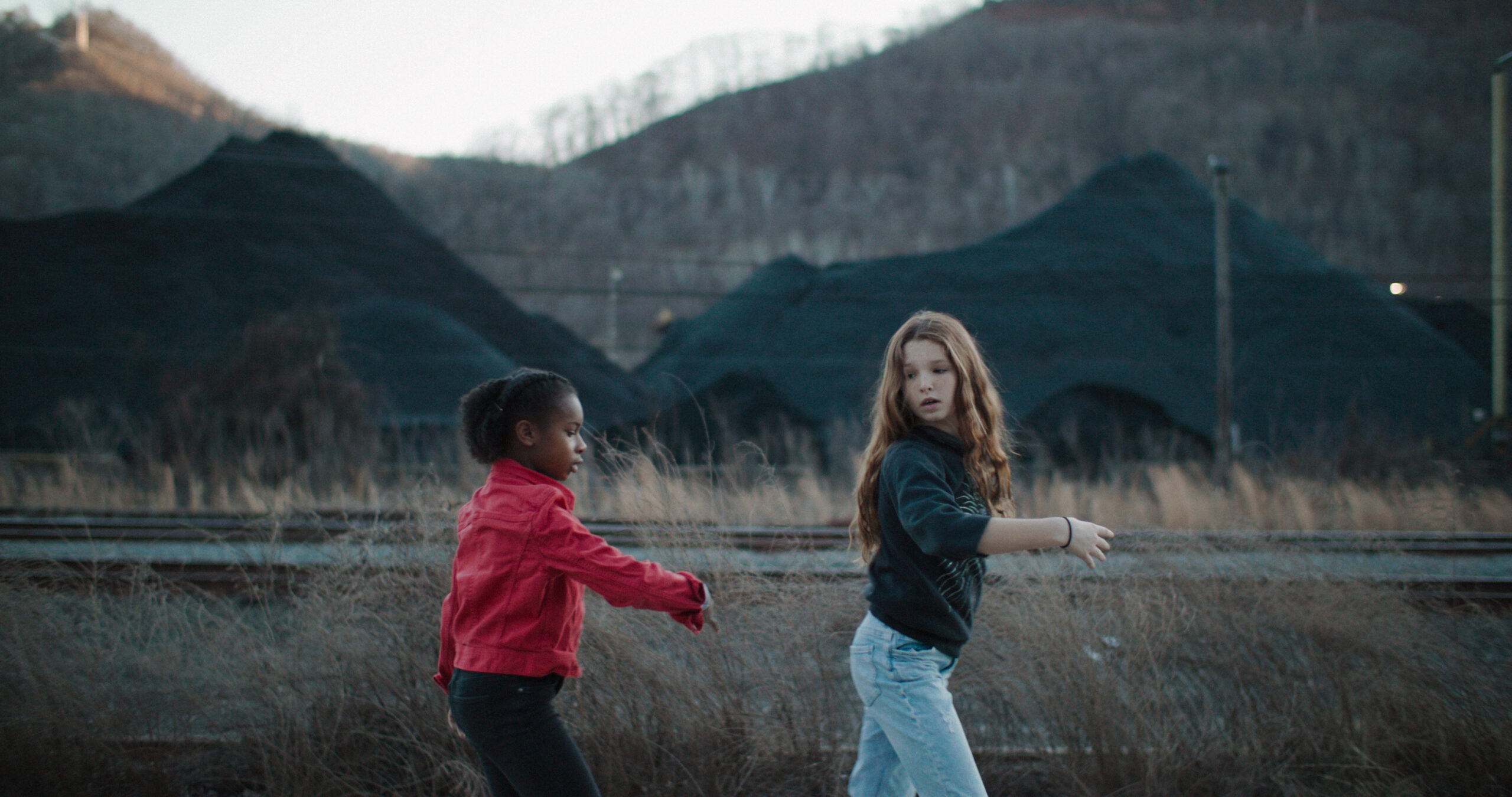By Erinn Sweet
As an organization that celebrates, studies, documents and advocates for Appalachian people and their ways of life, the Urban Appalachian Community Coalition (UACC) recognizes the many realities of the Appalachian region. Our people cannot be reduced to simple understandings of what it means to be Appalachian. This means we must continuously grapple with tough questions like what is the future of Appalachia? and what can we learn from the past? Much like the questions themselves, the answers are often thorny and contingent. A new film by Oscar-nominated Elaine McMillion Sheldon meditates on the complex history and future of the coal industry and Appalachian communities it has shaped—including urban Appalachian communities. Sheldon was raised in West Virginia and now lives in Knoxville.
The film’s narrator, a young Appalachian woman, refers to the coal industry as a character of sorts. “King Coal” is a quasi-ruler who has built a regime in the Appalachian Mountains, although support for “The King” has weaned, he has found other ways in infiltrate the lives of Appalachian people in order to hold onto his power. For example, the narrator mentions how King Coal has taken over people’s time and bodies. A coal miner in a tattoo shop (receiving a tattoo of a coal miner on his right bicep) solidifies this claim by stating, “You literally spend more time at work with them guys than with your family.”
The film also captures the more subtle ways in which King Coal asserts himself in Appalachian communities. One gets the sense that coal is more than a livelihood—it’s part of a culture. Sheldon achieves this by showing the audience rather than out-right telling them; the audience can observe King Coal’s presence in the tattoo shop, at the town’s New Year’s Eve celebration, before the high school football game, during the King Coal-sponsored beauty pageant and at the school science fair. By immersing the audience in these taken-for-granted spaces, we can see the nuanced ways in which King Coal has become a cultural focal point.
At the same time, the film depicts a resiliency in the Appalachian spirit. Sprinkled throughout the film are historical contexts that provides more textured understandings of Appalachia’s history with coal. For example, the Battle of Blair Mountain, and its impact on unions across the U.S., is remembered in the film as something has been left out of history books. Decorated in matching union t-shirts and red scarves tied around their necks, a group of people in the film march for justice, representing the continuous resistance against King Coal’s oppression.
The narrator can feel the effects (good and bad) of King Coal’s reign all around her. At one point she compares herself and her people to owls fluttering between two worlds. I believe this to be a beautiful metaphor for my experiences as an Appalachian woman trying to navigate complicated dichotomies such as life and death, past and present, grief and joy.
Furthermore, the film transcends time and place by emphasizing connectedness through belonging, ritual and imagination. It defies time by taking us back to an Appalachia before coal had been discovered as a natural resource, when the land was tended by the Shawnee, Haudenosaunee and Cherokee people. The narrator points out that the water is “older than you, older than me and older than The King.” Moreover, the film does not fix Appalachia to one place. The film guides us through various Central Appalachian terrains like southern Pennsylvania, West Virginia, North Carolina and Eastern Kentucky.
When I talked to the director before viewing the film, I specifically asked if there was mention of urban Appalachians. Much to my delight, the film does mention urban migration. The film discloses that between 1950-1970, nearly 700,000 West Virginians leave the hills, while some stay to foster the communities they have always been part of. No matter where Appalachians end up, we somehow find community (or create it ourselves).

Director Elaine McMillion Sheldon said, “Last night at the Pittsburg screening, you could tell there was a chattering in the audience—that they knew their families had connections to the Pennsylvania coalfields, and this film, in some ways, was about them and their families.”
As someone who spent her childhood in Appalachia, I felt seen by the representation of Appalachian girlhood. There is a storyline between two young girls. At one point in the film, they are making friendship bracelets and talking about what they wanted to be when they got older. One is certain she wants to be a nurse. The other wants to pursue a dancing scholarship and get a PhD or law degree. No dream is too big or too small. In another scene, the narrator learns about a healing herb from an older woman. The narrator grows up trying to make sense of it all by exploring, observing and living on the fringes of each season. In the end, she explains, “The King could not hold all our dreams.”

As an official selection for the 2023 Sundance Film Festival, you do not want to miss an opportunity to catch King Coal in a theatre near you! The Cincinnati screening will be Monday, September 11 at The Woodward Cinema in Over-the-Rhine. 7pm doors open, 7:30pm show. Tickets are $12 advance, $15 day of show. Purchase them now at https://www.woodwardtheater.com/shows/woodward-cinema-presents-king-coal
Can’t make the Cincinnati screening? King Coal will be screened in Dayton, Ohio on October 18 at the Neon Theater. Tickets for this show are not yet available in advance. To view the full list of screenings and to learn more about the film, visit https://www.kingcoalfilm.com/.
Erinn Sweet is the Communications Specialist for UACC. She holds a BA in communication from Northern Kentucky University and is MA in communication candidate at the University of Cincinnati where her studies intersect with Appalachian identity, feminist studies and discourse.

